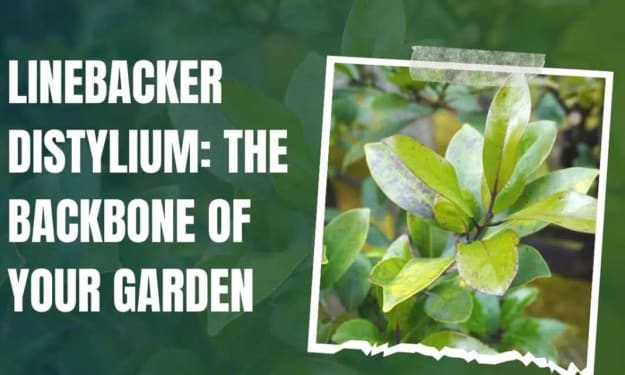
Color changes in your teeth might be modest and occur over time. Some yellow color may be unavoidable.
Teeth might become yellower or darker as you become older. The yellowy dentin beneath the outer enamel becomes more evident as it fades away. The second layer of calcified tissue beneath the outer enamel layer is the dentin. If you want to whiten your teeth, you have some options besides the traditional techniques. If you use at-home whitening treatments incorrectly or for an extended period, preceding your teeth. You can be wearing down too much of your enamel, putting you at risk for sensitivity and cavities.
Yellow teeth treatments
Here are seven natural methods for whitening your teeth.
It's probably best to pick a couple of treatments and alternate them throughout the week. Some of the solutions below aren't backed up by study, but they've been demonstrated to work by anecdotal reports.
Experiment with different solutions until you find one that works for you.
1 Brushing your teeth is number one.
Brushing your teeth more frequently and correctly should be your priority. Brushing after ingesting meals and liquids that can cause yellow teeth is very crucial.
Brushing right after eating or drinking acidic foods and drinks should be avoided. Brushing too soon can cause the acids to wear away more enamel and cause erosion.
Brush your teeth for two minutes at least twice a day. Make sure you get into every nook and crack. Brush your teeth carefully in a circular motion to ensure that your gums are protected. Brush your teeth on the inside, exterior, and chewing surfaces.
According to a 2018 study, brushing with a whitening toothpaste can also whiten your smile. These whitening toothpaste contain moderate abrasives that gently exfoliate the teeth to eliminate surface stains while remaining safe.
Using an electric toothbrush to remove surface stains may also be more effective.
2. Hydrogen peroxide and baking soda
Plaque buildup and germs are believed to be removed with a paste consisting of baking soda and hydrogen peroxide.
To form a paste, combine 1 tablespoon baking soda and 2 teaspoons hydrogen peroxide. After brushing with this paste, rinse your mouth well with water. You can also manufacture mouthwash using the same proportions of ingredients. You could also use baking soda mixed with water.
Baking soda and hydrogen peroxide are both available for purchase online. You can also purchase People who used a toothpaste containing baking soda and peroxide got rid of tooth stains and whitened their teeth, according to a 2012 study. After six weeks, they had made great progress.
3. Pulling with coconut oil
Coconut oil pulling is supposed to help whiten teeth by removing plaque and bacteria from the mouth. Always look for a high-quality, organic oil that is free of dangerous components, which you can get online.
For 10 to 30 minutes, swish 1 to 2 teaspoons of liquid coconut oil in your mouth. Keep the oil away from the back of your throat. The oil contains poisons and bacteria from your mouth, so don't swallow it.
Because it could clog drains, spit it into the toilet, or a wastepaper basket. Drink a full glass of water after rinsing your mouth with water. After that, wash your teeth.
There is No research back cbackseatoil pulling whitens teeth.
However, a 2015 study discovered that oil pulling using sesame and sunflower oils reduced plaque-induced gingivitis. Because plaque buildup can cause teeth to yellow, oil pulling may help to whiten them.
More research into the effects of oil pulling with coconut oil is required.
4. Vinegar made from apple cider
To whiten teeth, a tiny amount of apple cider vinegar can be used.
Mix 2 tablespoons apple cider vinegar with 6 ounces water to make a mouthwash. 30 seconds after swishing the solution after that, rinse your mouth with water and clean your teeth.
Look for apple cider vinegar at stores.
Apple vinegar has a bleaching impact on cow teeth, according to research published in 2014Trusted Source.
It should be noted, however, that it has the potential to harm tooth hardness and surface structure. As a result, take it with caution and only for briperiodsime. More human research is needed to confirm these conclusions.
5. Peels from lemons, oranges, or bananas
Some suggest that rubbing the peels of lemons, oranges, or bananas on your teeth helps whiten them. The compounds d-limonene and/or citric acid, which can be found in various citrus fruit peels, are thought to help whiten teeth.
Rub the fruit peels gently on your teeth for 2 minutes. After that, make sure to completely rinse your mouth and brush your teeth. There isn't any scientific evidence that utilizing fruit peels to whiten teeth is helpful.





Comments
There are no comments for this story
Be the first to respond and start the conversation.